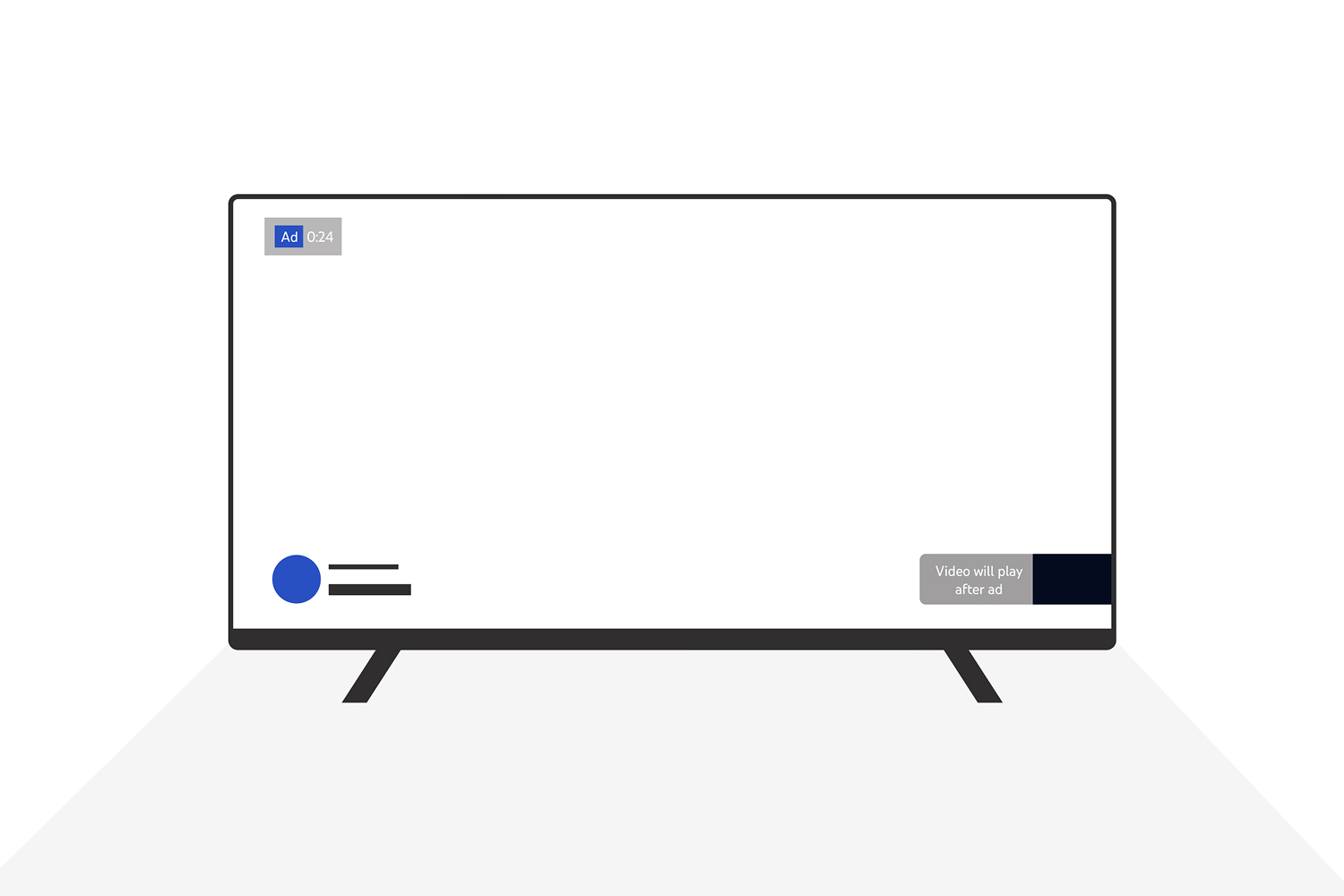The Polar Report #13

Welcome to The Polar Report, a curated view of what’s happening in the world of Digital Monetisation, Audience Development, and Measurement. This week we dive into Google commencing shopping season, YouTube testing new ways for creators to promote their content, the role of auto-optimised audiences in media planning, and YouTube adding key metrics to its main app.
Monetisation
Google Commences with Shopping Season at Think Retail
Google’s annual Think Retail 2022 event aimed to help retailers and advertisers prepare for the holiday season despite economic challenges and the threat of recession.
Google data shows shoppers are still actively searching to buy, blending in-store visits with digital shopping. Ads inspire around 60% of consumers to purchase even when not actively shopping, driven by targeted information such as search history.
Google is enhancing visual search experiences with visual shopping ads and a product feed that turns YouTube video ads into virtual storefronts. Levi’s reported an 11% increase in conversions after using product feeds.
YouTube is becoming a key hub for product advertising, making it essential for brands producing both products and digital media to integrate their efforts. Marketers must leverage YouTube’s capabilities to monetize content effectively.
Full Article on Media Post
Audience Development
YouTube to Test a New Way for Creators to Promote Their Content
YouTube is testing a new promotions section in YouTube Studio, allowing creators to promote their content directly without using Google Ads.
This streamlined process aims to make ad running more accessible, helping creators grow their audience and increase revenue. While beneficial for creators, questions remain about its impact on agencies managing paid media campaigns.
If the promotions tab lacks Google Ads features, agencies may avoid it, but this move could signal a broader reimagining of YouTube’s ad system.
Full Article on Digital Information World
Are Auto-Optimised Audiences the Way Forward?
Major platforms like YouTube, Meta, and TikTok now offer auto-optimisation for ad targeting, potentially changing media planning by removing manual audience selection.
Auto-optimised audiences often yield better performance, saving time and effort, but concerns remain about relying solely on AI. While clients may prefer automation, they still need strategic media plans provided by agencies.
Full Article on Media Post
Measurement
YouTube Adds Key Metrics to Its Main App
Creators can now access key metrics directly within the YouTube app, eliminating the need for Studio Mobile.
This update helps creators easily compare content performance, encouraging frequent data checks and potentially leading to more successful channels, benefiting YouTube and brands alike.
Full Article on Search Engine Journal
If you liked that why not take a look
Ready to maximise your YouTube revenue?
Get in touch and let’s begin exploring your channel’s hidden potential.










